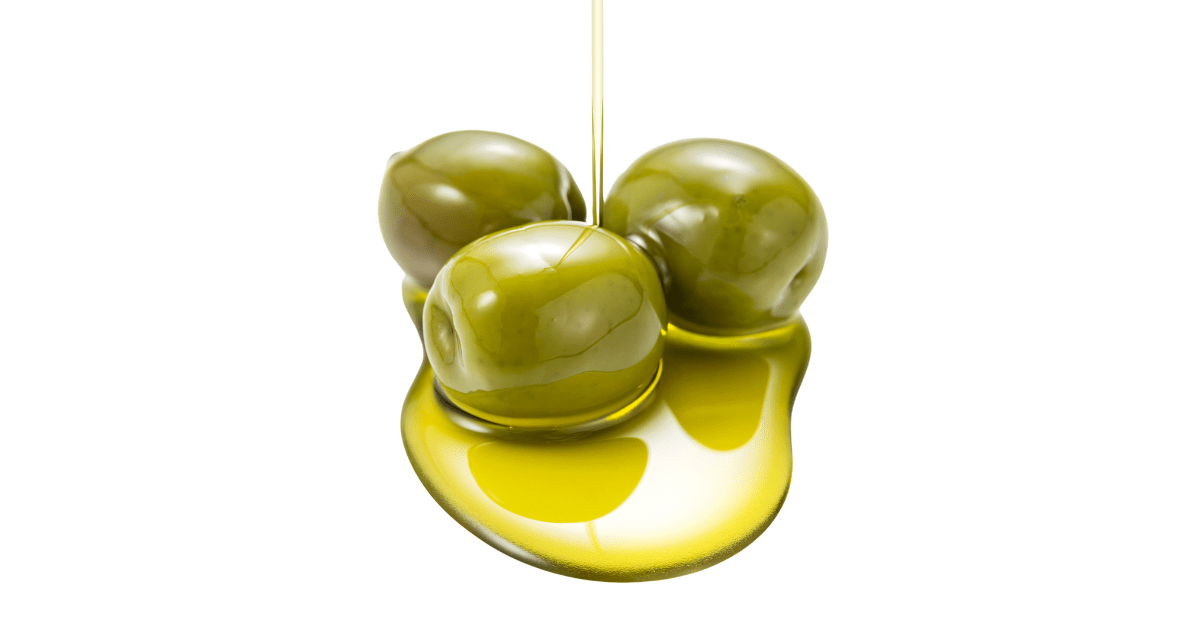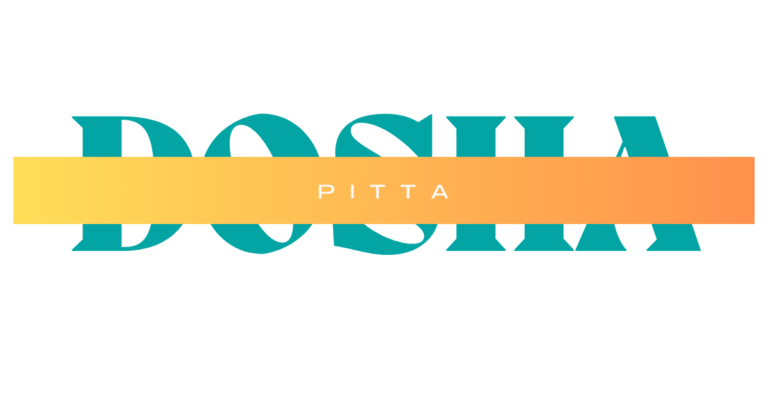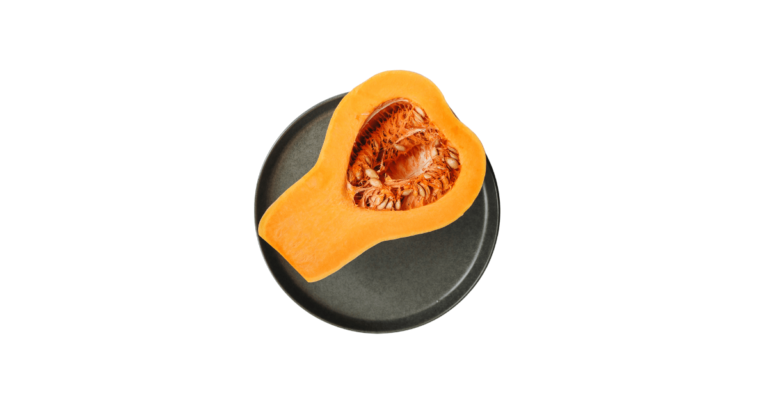What is Fat Oxidation & How To Engage FO Effectively
Overview
Fat oxidation (FO) is a process that breaks down fat molecules (fatty acids) to produce energy.
This article explores the process of fat oxidation and focuses on the following areas:
- An overview of fat oxidation.
- Role of exercise, aerobic exercise, intensity and types of exercise in FO.
- Role of diet in FO, examples of diet.
- Relevant case studies.
Fat Oxidation
The phenomenon is a natural biochemical process within the human body. It is a part of several other complex, self-regulated biochemical processes and systems.
However, there are several factors that can affect or interfere with the process of fat oxidation, which are detailed in the following sections.
According to (Purdom et al., 2018) study, our body regulates and utilises fat, essentially fatty acids, during exercise optimally at particular intensities.
1. Aerobic Exercise: Maximal Fat Oxidation
Subsequently, the (Purdom et al., 2018) study found that intensities of 45 to 65% of maximum aerobic capacity may optimise fat oxidation. This is called maximal fat oxidation (MFO).
A few examples of exercises are brisk walking, jogging or cycling at a moderate pace. These exercises are beneficial for improving cardiovascular health and building endurance without overexertion.
Measure
- (MFO) is measured in grams per minute.
- VO2max is the term used for maximal aerobic capacity. It is measured in millilitres of oxygen per kilogram of body weight per minute (ml/kg/min).
VO2max
VO2max refers to the maximal aerobic capacity of an individual, i.e., the maximum amount of oxygen an individual can use during exercise.

Determining Factors: Maximal Aerobic Capacity
The VO2max can vary significantly between individuals, and there is no fixed maximum point difference for each person. It depends on factors such as age, sex, genetics, and exercise habits (Purdom et al., 2018).
However, it is generally accepted that regular aerobic exercise can increase an individual’s VO2max level. Like training a muscle group, one can influence an improvement over time with an applied 360 approach.
VO2 max Generalised Range
Keeping in mind that the determining factors in aerobic capacity vary, here is a generalised low to high range for VO2max:
- Very poor: < 20 ml/kg/min
- Poor: 20-30 ml/kg/min
- Fair: 30-40 ml/kg/min
- Good: 40-50 ml/kg/min — “Maximal Fat Oxidation Activation Begins (Purdom et al., 2018)”
- Excellent: 50-60 ml/kg/min
- Superior: > 60 ml/kg/min

2. Aerobic Exercise: Lipid Behaviour
Lipids include both fats and fatty acids. Fats are a type of lipid that is solid at room temperature, while oils are liquid at room temperature.
Fatty acids are a component of fats and oils, and they play an important role in many biological processes, including energy storage and cell membrane formation.
Fuel Source: Fat Oxidation
The study (Purdom et al., 2018) also explores lipids and lipid behaviour:
- Lipids as a fuel source for energy supply during submaximal exercise originate from subcutaneous adipose tissue-derived fatty acids (FA), intramuscular triacylglycerides (IMTG), cholesterol and dietary fat.
- These fat sources contribute to fatty acid oxidation (FAox) in various ways.
Lipids & Exercise
Lipids are considered an important source of energy during exercise, especially during low- and moderate-intensity exercise (Muscella et al., 2020).
Fat To Energy
During the fat oxidation process, enzymes break down triglycerides (stored fat) into free fatty acids and glycerol, which are then transported to the cells’ mitochondria to produce ATP (the body’s energy currency).

Stored Fat
This process is important for weight loss and endurance exercise, as it allows the body to use stored fat as a fuel source.
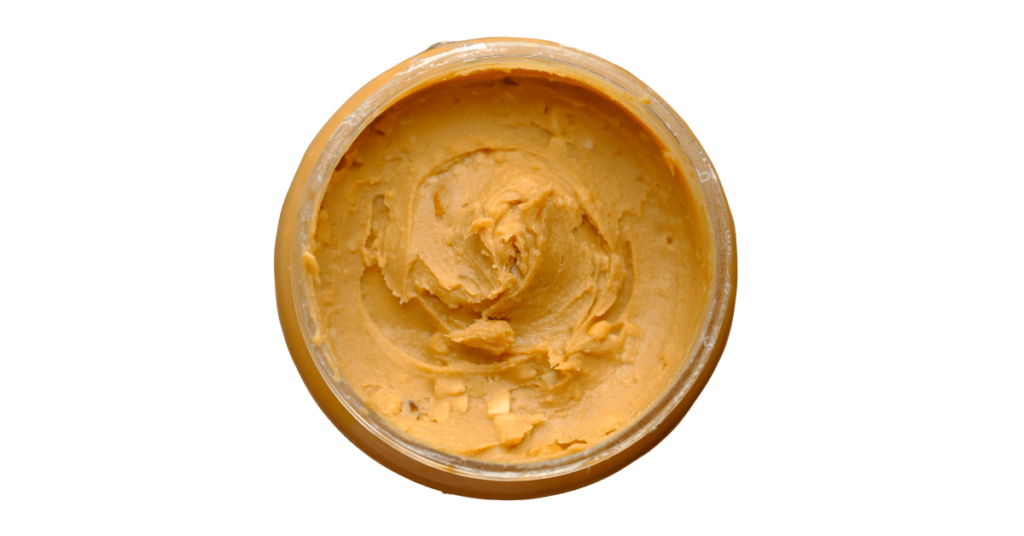
Fat Oxidation Peaks
The time when fat oxidation is highest can vary depending on factors such as diet, exercise habits, and individual metabolism.
The study by Purdom et al. (2018) evaluated the factors that affect maximal fat oxidation. Fat oxidation reported to occur between 47 and 75% of VO2max and varies between trained and untrained individuals.
Influencing Factors
The study aimed to identify the mechanisms that regulate maximal fat oxidation during exercise and the factors that may influence it, such as age, sex, fitness level, and dietary habits.
Exercise Intensity & Fat Oxidation
There are varying opinions on the relationship between exercise intensity and fat oxidation.
- Some studies suggest that low-intensity exercise may lead to higher levels of fat oxidation
- While others indicate that high-intensity exercise is more effective for burning fat.
- One of the main reasons for this is the numerous variables that influence an individual’s maximal fat oxidation.

Best Exercise
It’s important to keep in mind that the most effective exercise routine for fat loss may vary depending on individual factors such as age, fitness level, and overall health.
Some examples of these include the following:
- Steady-state aerobic exercise, such as walking or light jogging, performed in a fasted state (i.e., before breakfast).
- Resistance Training: also known as strength training, involves the use of weights, resistance bands, or body weights to challenge and strengthen muscles.
- In some cases, it may be high and low-intensity running.
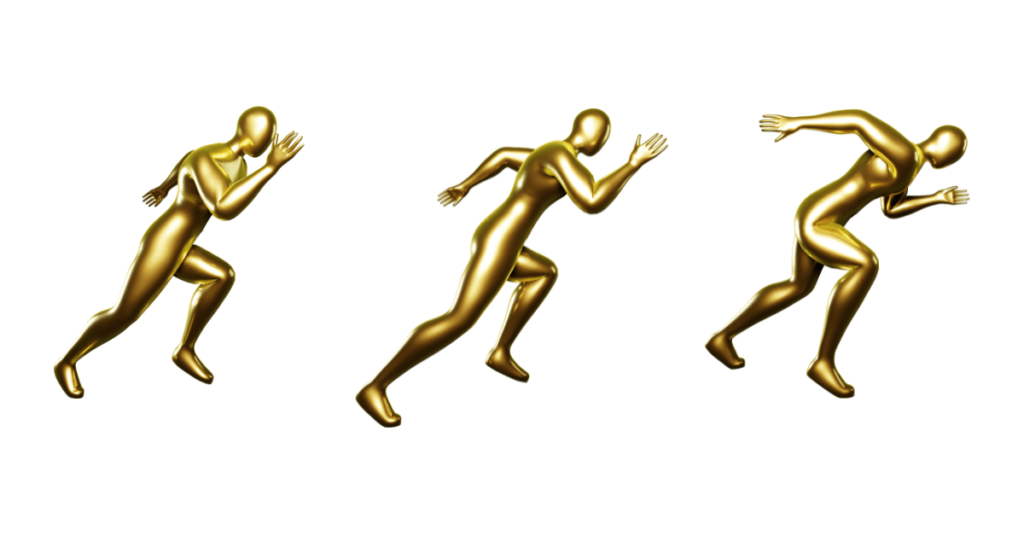
Running: Fat Oxidation Case Study
In the study by Muscella et al. (2020), the effect of running pace on fat metabolism during aerobic exercise was examined.
- The study found that at higher running speeds, there was an increase in the activity of enzymes involved in the breakdown of fatty acids, which led to a greater reliance on fat as a fuel source.
- While running intensity can also impact fat oxidation, running pace and intensity are often related, as running at a faster pace typically requires more significant effort and thus results in a higher-intensity workout.
Exercise Time
Additionally, fat oxidation may be increased during exercise that lasts longer than 30 minutes as the body adapts to using fat as a fuel source when glycogen stores are depleted.
The role of food intake prior to exercise has been well studied and fasting prior to exercise generally increases reliance on fat as fuel.
IH
3. Role Of Diet
Different types of diets can have varying effects on fat oxidation or the process by which the body burns fat for energy. Diet is an influencing factor in the process of fat oxidation, and it can either be helpful or not.
Fasting & Glycogen
Similarly, the activity of methodical fasting is associated with enhancing fat oxidation. This is because the body has depleted its glycogen stores overnight, and in the absence of food, it turns to stored fat as a primary fuel source.
There are various fasting methods available and the choice of method depends on individual factors.
Energy Reserves
Going back to (Purdom et al., 2018), found that people with 7–14% body fat have>30,000 kcal of energy reserves stored in adipose tissue.
Therefore, if exercise intensity is maintained below 65% VO2 max, exercise can theoretically be kept for longer durations because of the oxidation of endogenous TAG stores (the body’s own storage of triglycerides, which are a type of fat).
Limitations Of A Case Study: High Fat Diet, FO & Cholesterol Levels
The 2004 study by Achten and Jeukendrup did not specifically investigate the effects of a high-fat diet on cholesterol levels. It identified high-fat diet association with fat oxidation in specific individuals.
Lipid Levels
However, diets high in saturated fats, such as those in the high-fat diet used in the study, can increase LDL cholesterol levels, considered the “bad” cholesterol, and potentially increase the risk of cardiovascular disease.
- It is important to note that the study was conducted on healthy, moderately trained individuals, and the high-fat diet was not intended for long-term use.
- Additionally, the study focused on optimising fat oxidation during exercise and did not investigate the long-term effects of the diet on cholesterol levels or overall health.

Medicinal Fats: High Quality Plant Fats
Based on Achten and Jeukendrup findings, one way of using a time limited high fat diet, would be to use high quality fats in place of those used in the study.
- Organic Coconut oil
- Organic Ghee
- Organic Flaxseed oil
- Organic Seed Butter
- Organic Olive Oil
Most of these sources also contain a number of phytotherapeutic benefits in addition to their nutritional value.
The Ayurvedic diet deems high-quality fats from organic sources essential to an individual’s diet. This is assessed based on several factors, however.

The role of food intake prior to exercise has been well studied and fasting prior to exercise generally increases reliance on fat as fuel.
(FRAWLEY et al., 2018)
1. High-Fat Low Carb
For example, a high-fat, low-carbohydrate ketogenic diet has been found to increase fat oxidation in the body by promoting the use of stored fat as fuel.
Again, the quality and source of fat matters. Fat does not entail all fats, and in some cases, uncontrolled intake of fats can be counterproductive, as cited in the previous section.
2. Personalised Ayurvedic Diet
An Ayurvedic diet for fat oxidation includes ginger, turmeric, cinnamon, whole grains, fruits, vegetables, healthy fats, and lean protein. These foods can boost metabolism, reduce inflammation, regulate blood sugar levels, promote healthy digestion, and support muscle growth and repair, influencing fat-burning and weight loss.
- Following a methodical Ayurvedic diet can provide a 360-degree approach to an individual’s needs. This diet is not only medicinal and therapeutic but also aids in natural detoxification and weight loss.
However, the approach is incremental and for the long term, yet this does not overshadow its exceptional value.

3. Individual Fitness Levels
After discussing the role of exercise and diet in fat oxidation, it is important to highlight that the individual plays the most significant role. It is crucial not to rely only on surface-level information when it comes to burning fat. To achieve the best results, a well-informed and comprehensive approach is necessary.
- There are several factors that can influence fat oxidation, including but not limited to, dietary habits, sleep patterns, stress levels, and exercise routines.
- A holistic approach that addresses all of these factors can promote a healthy and sustainable approach to weight loss.
- It is recommended that individuals seeking to achieve their weight loss goals adopt a well-informed and comprehensive strategy to optimize outcomes.

4. Holistic Fat Burn
The main objective of any fat-burning program is to enhance one’s overall health, which positively impacts physical appearance. However, it does not stop here; when taken holistically, internal and external improvements are triggered, and this is the body’s way of endorsing positive changes.
For example, a structured exercise regimen will gradually improve aerobic capacity, enhance external appearance, and refine body proportions. Diet will either add to this or act oppositely.
The relationship between diet and fat oxidation is complex and multifaceted, and the mechanisms at play are susceptible to individual factors.
Summary
To conclude this segment, fat oxidation is a process that breaks down fat molecules (fatty acids) to produce energy. Fat oxidation has peak points and may be influenced positively or negatively when a complimentary environment is created for its process. There are several factors that need to be taken into account for “Maximal Fat Oxidation.”
There are three key factors that must be taken into account to maximise fat oxidation to encourage healthy weight loss:
- The individual
- Exercise
- Diet
As a starting point, making sensible and minor adjustments in line with individual factors may help influence fat oxidation. Seeking professional advice and adopting a specialised programme may further benefit. The options are many.
Precautions
Precautions and personal responsibility are crucial. Check the suitability of any diet or wellness routine for any person, pregnant, allergy or with chronic concerns and others. Seek the advice of a professional.
This is an informational post only and does not constitute professional advice.
References & online sources
- Achten J, Jeukendrup AE. Optimizing fat oxidation through exercise and diet. Nutrition. 2004 Jul-Aug;20(7-8):716-27. doi: 10.1016/j.nut.2004.04.005. PMID: 15212756.
- Purdom, T., Kravitz, L., Dokladny, K., & Mermier, C. (2018). Understanding the factors that effect maximal fat oxidation. Journal of the International Society of Sports Nutrition, 15. https://doi.org/10.1186/s12970-018-0207-1
- Muscella, A., Stefàno, E., Lunetti, P., Capobianco, L., & Marsigliante, S. (2020). The Regulation of Fat Metabolism during Aerobic Exercise. Biomolecules, 10(12). https://doi.org/10.3390/biom10121699
- FRAWLEY, K., GREENWALD, G., ROGERS, R. R., PETRELLA, J. K., & MARSHALL, M. R. (2018). Effects of Prior Fasting on Fat Oxidation during Resistance Exercise. International Journal of Exercise Science, 11(2), 827-833. https://www.ncbi.nlm.nih.gov/pmc/articles/PMC6033499/
- Hawkins MN, Raven PB, Snell PG, Stray-Gundersen J, Levine BD. Maximal oxygen uptake as a parametric measure of cardiorespiratory capacity. Med Sci Sports Exerc. 2007 Jan;39(1):103-7. doi: 10.1249/01.mss.0000241641.75101.64. Erratum in: Med Sci Sports Exerc. 2007 Mar;39(3):574. PMID: 17218891.
You may find this resource helpful
Thermogenic Foods & Weight

